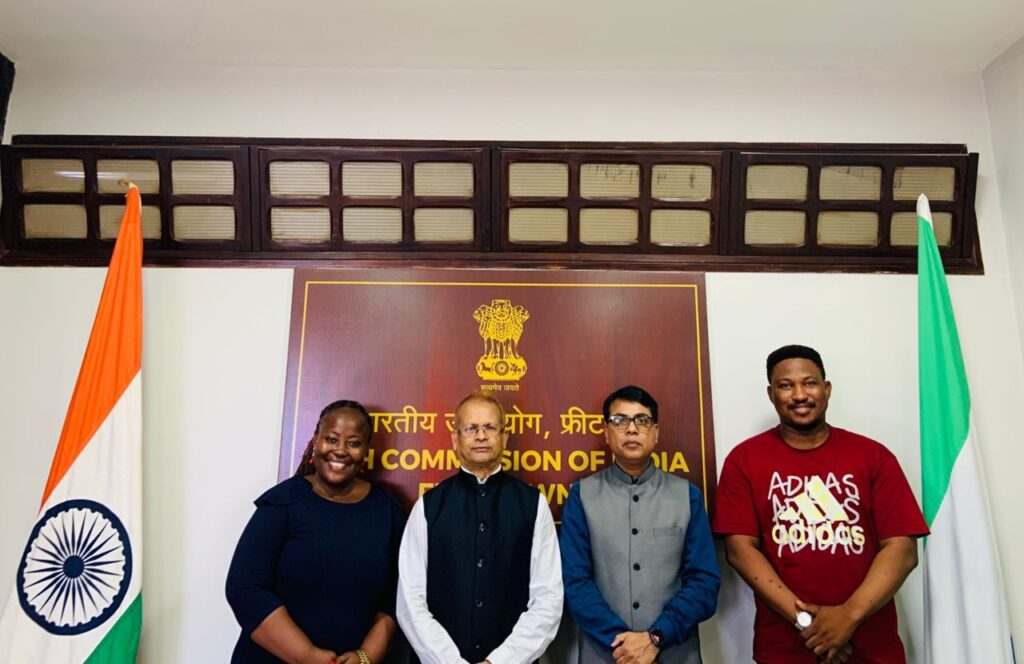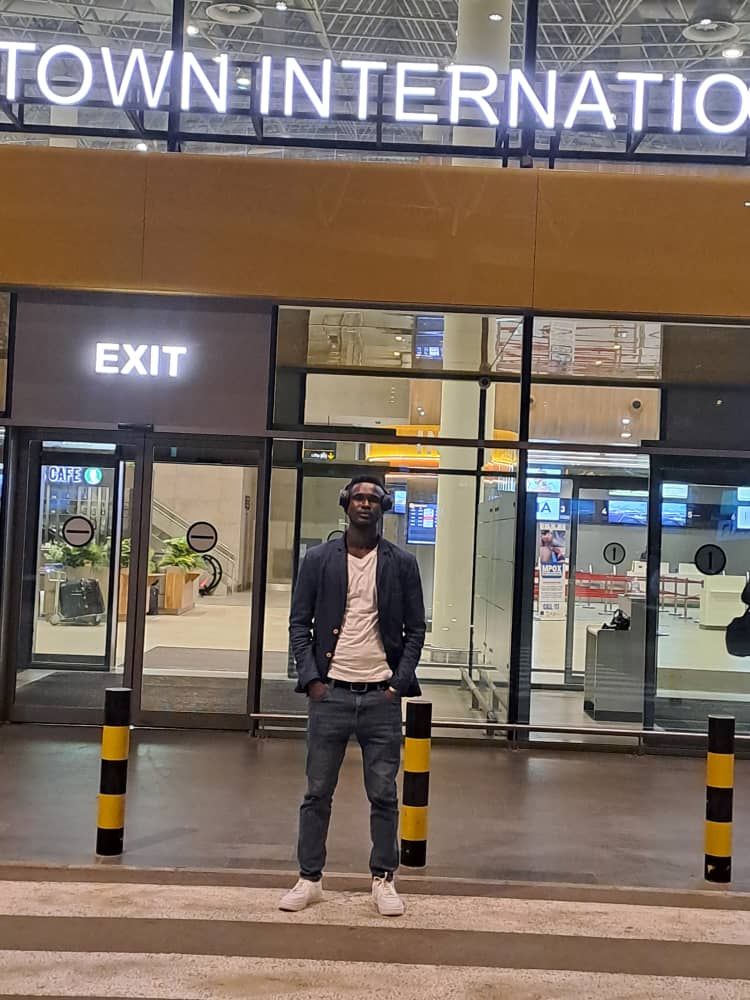Inviting African content creators to India shows how hashtags, vlogs, and reels are becoming tools of modern diplomacy.

When the Ministry of External Affairs (MEA) extended an invitation to a dynamic cohort of African content creators to visit India in May 2025, it marked far more than a conventional cultural tour. This initiative signaled a pivotal evolution in India’s diplomatic engagement with Africa—a conscious embrace of the digital age, where the power of storytelling on platforms like Instagram, YouTube, TikTok, and blogs carries as much influence as policy papers, official communiqués, or formal delegations. In essence, it reflected an understanding that narratives shape perceptions just as profoundly as agreements and treaties.
For decades, India–Africa relations have been framed largely around trade, development cooperation, educational partnerships, and solidarity in multilateral forums. Those pillars remain indispensable. Yet, in today’s interconnected world, it is cultural exchange, particularly through the lens of young and influential content creators, that has the potential to humanize these ties and reach millions across continents in ways traditional diplomacy cannot.
The delegation comprised social media influencers, bloggers, and digital journalists from countries including Sierra Leone, Nigeria, Ghana, South Africa, Cameroon, and the Democratic Republic of Congo. Among the prominent participants were Sierra Leone’s Sallu Kamuskay of Salone Messenger, Sarah Kallay of Sarah Kallay Blog, and Aaron Parker of Sierra Loaded. While their names may not resonate in Delhi’s policy corridors, they wield substantial influence in Africa, commanding audiences that trust them for authentic perspectives and narratives.
During their India Familiarization Tour, the creators engaged with a spectrum of experiences—from the majestic heritage of the Taj Mahal to the bustling streets of Old Delhi, and the innovative pulse of Bengaluru’s tech ecosystem. Their role was not diplomatic in the conventional sense. Rather, they were encouraged to observe, experience, and translate India’s multifaceted reality into their own storytelling styles—through reels, vlogs, blog posts, and other digital formats that would resonate with audiences in Lusaka, Lagos, or Freetown.
Hyderabad Culture Tour (May 2025): A highlight of the trip was the visit to Hyderabad, where the African content creators explored iconic landmarks such as the Charminar, Salar Jung Museum, and Golconda Fort. They shared their fascination with India’s rich culture and history through photos, videos, and engaging online narratives, helping African audiences experience the heritage and vibrancy of Indian cities virtually.
Zoho Africa Partnership (July 2025): In another innovative engagement, content creators visited Chennai as part of a partnership with Zoho Africa. The delegation explored the company’s origins, engaged with corporate leaders on topics including the future of work, artificial intelligence, and technology-driven solutions for African markets. This visit provided creators with insights into India’s innovation ecosystem, and the role of Indian tech companies in addressing global challenges.

This initiative illustrates the MEA’s forward-thinking approach to what might be termed “soft power 2.0.” Earlier efforts in cultural diplomacy leaned heavily on cinema, literature, classical arts, or yoga festivals. Today, the frontier lies in digital content creation. By investing in these creators, India is not merely exporting culture; it is co-creating narratives with African partners, recognizing that modern diplomacy unfolds as much on social media feeds as it does in summits or official statements.
Indian institutions such as the African Centre of India (ACOI) can play a crucial role in sustaining and expanding such initiatives. By serving as platforms for research, cultural exchange, and dialogue, they can support creators in producing authentic narratives and facilitate collaborations between Indian and African talent. “Engaging young storytellers is key to building bridges of understanding and cooperation. Institutions like ACOI are committed to nurturing these connections and ensuring that India–Africa relations thrive not only through policy but through shared experiences and stories,” said Rao Narender Yadav, Director, African Centre of India.
The success of this program demonstrates the immense potential of people-to-people engagement in strengthening bilateral ties. By providing creators with immersive experiences and a platform to share authentic stories, India and Africa can cultivate a deeper understanding that transcends conventional diplomacy. These exchanges not only enrich the participants’ perspectives but also inspire audiences across continents, fostering mutual respect, cultural appreciation, and collaboration.
It is precisely for these reasons that more such tours should be organized in the future. Regular engagement with digital creators and influencers can amplify shared narratives, create lasting connections, and ensure that India–Africa relations continue to thrive in the digital age. Initiatives like the 2025 familiarization tour, including Hyderabad and Chennai, are not just cultural events—they are investments in a collaborative, connected, and vibrant future.